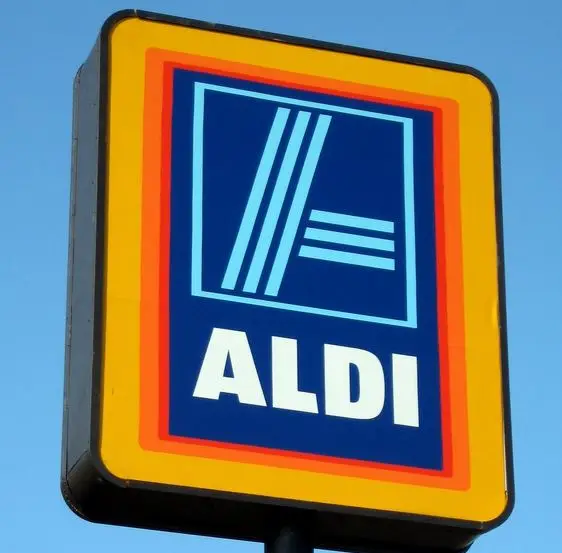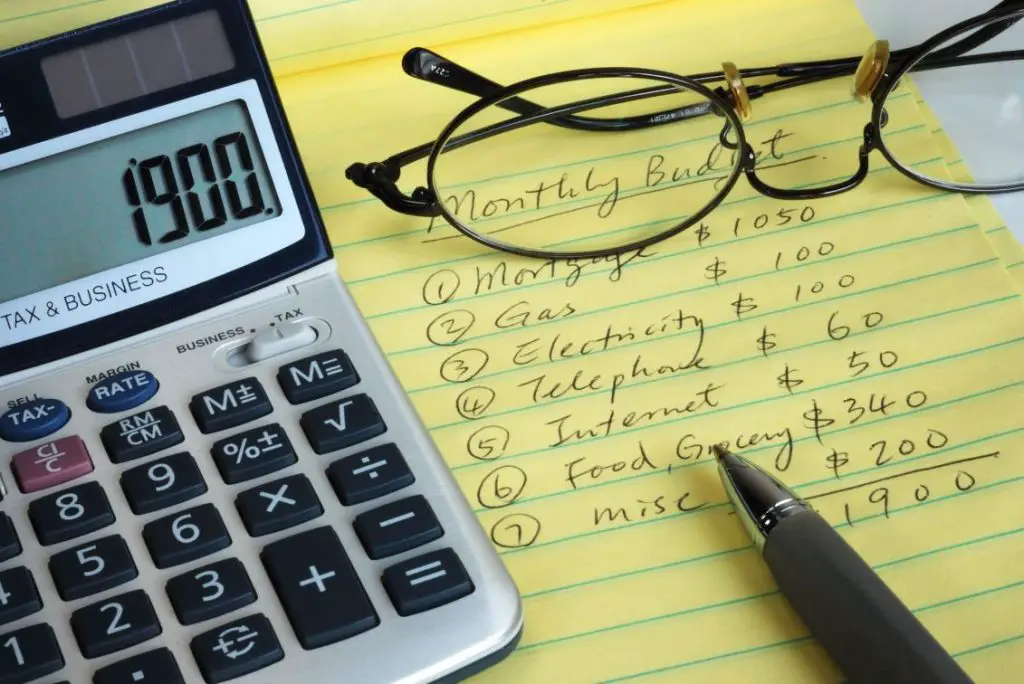What is a Junior ISA?
A Junior ISA is the initiative created by the UK’s Government to encourage parents, grandparents, family and friends to save for their children’s future. By saving only a small amount every week or month, it is possible to build up sufficient funds to ensure your child has a tax free lump sum to start his adult life. A Junior ISA (Individual Savings Account) is a tax free saving vehicle for children. All monies put into an ISA are protected from the tax man and are allowed to grow and accumulate wealth which is paid directly to the account holder with no capital gains or income tax deduction what so ever.
The History of the Junior ISA
 Launched in January 2011, the Junior ISA was created to replace the Child Trust Fund. With the mounting costs of further education, buying a first home or even getting a first car, the ISA for children was created specifically to encourage parents and supporting adults to start preparing for the future.
Launched in January 2011, the Junior ISA was created to replace the Child Trust Fund. With the mounting costs of further education, buying a first home or even getting a first car, the ISA for children was created specifically to encourage parents and supporting adults to start preparing for the future.
How Does a Junior ISA Work?
An ISA can be held in the form of a cash savings account, a stocks and shares equity portfolio or a combination of the two. Each year, the Government stipulates the maximum amount of funds which are allowed to be invested within the ISA and then allows all funds to grow completely free of tax until the child reaches their 18th birthday.
When the child reaches 18, the entire value of the funds within their ISA will be payable to them in one tax free lump sum. They can then use this money as they see fit. It can be spent or reinvested into an adult ISA for future growth.
In tax year 2013 – 2014 the annual junior ISA tax allowance has been increased to £3,720 making it possible for your child to achieve a lump sum of over £100,000 when they reach 18 through regular investment.
The Benefits of an ISA for Children
The ISA provides an opportunity to save for your children’s future.
It is completely tax free. It doesn’t matter how much your child’s account grows, the entire lump sum will be payable to them with no capital gains or income tax deduction what so ever.
Furthermore, this type of savings vehicle is completely ring fenced. Though anyone can put money in, the funds are only payable to the account holder themselves and only after their 18th birthday, making this a reliable and secure method of saving.
Both regular savings and lump sum payments are acceptable into a Junior ISA, as long as the overall annual income does not exceed the stipulated maximum. This enables you to include regular payments into the account but also provides a fantastic opportunity for birthday or Christmas money to help the pool of wealth grow even quicker.
And there is no minimum age. The sooner you start saving for your child, the larger their final lump sum will be. Taking out a Junior ISA could open up all sorts of opportunities for your child and create a future that is full of possibilities.
See Also:
- Financial Jargon – Investment Terminology for Beginners
- A — Z Glossary of Mortgage Terminology
- 4 Things to Be Sure Your Critical Illness Insurance Provides
- Bright Grey Relevant Life Insurance Policy: A Review
- Rebuilding and Fixing Your Credit in 5 Steps
Recommended from Amazon:
- From Ramen to Riches: Building Wealth in Your 20s: Or Spending, Saving, Investing and Managing Your Money to Get Rich Slowly, but Surely
- A Beginner’s Guide to Investing: How to Grow Your Money the Smart and Easy Way
- Investing 101
- Investing For Dummies
About the Author:
Paul Hoggard writes for www.juniorisas.org who compare the best childrens ISA providers. He recommends that you visit their website to learn more about the junior ISA.
Image courtesy of Grant Cochrane / FreeDigitalPhotos.net


